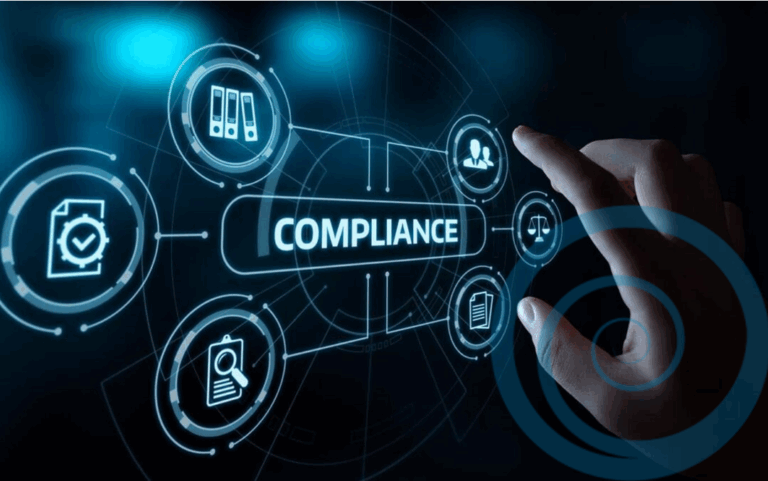Artificial intelligence is no longer an experiment happening in isolated teams—it’s reshaping how entire organizations operate and transforming the broader industry landscape. Change management and upskilling are already underway, but for many companies, mobilizing the right people across functions remains the biggest challenge.
Those who wait risk being left behind. Decision-makers are ready to move forward and looking for partners who can accelerate growth. The companies that thrive won’t be the ones with the largest AI budgets—they’ll be the ones able to align talent, skills, and strategic planning around AI initiatives.
The New AI Workforce Reality
The global workforce is shifting from title-based hierarchies to skills-based ecosystems. As AI redefines how value is created, job descriptions are giving way to dynamic roles shaped by capabilities, adaptability, and collaboration.
This new environment requires teams who understand AI—and can teach AI to understand them. The goal isn’t replacing people with technology, but building symbiotic teams where AI amplifies human creativity, decision-making, and execution.
Success depends on two-way learning:
Teaching people to understand AI, and teaching AI to understand people.
Key Roles for an AI Task Force
While every organization’s structure will vary, successful AI initiatives tend to revolve around a few critical roles. The task force should include leadership, managers, new roles that emerge as technology evolves, and other roles that are critical to the organization’s success.
- AI Strategist: Bridges business objectives and technical feasibility, ensuring initiatives align to ROI. Requires skills in product strategy, stakeholder alignment, and roadmap planning.
- Data and Model Engineers: Build, train, and maintain the systems that power intelligent automation and insights. They ensure model reliability and partner closely with product teams on requirements.
- UX/UI and Product Designers: Translate AI capabilities into intuitive user experiences, designing workflows that keep humans at the center.
- Internal AI Champions: Drive adoption, communication, and cultural trust—making AI part of how teams work, not an imposed directive. This role focuses on organizational change, enablement, and storytelling.
These positions don’t always exist today—but they can be built through reskilling and internal mobility.
From Roles to Readiness: How to Mobilize Teams
Mobilizing an AI task force is less about job titles and more about creating cross-trained teams that can learn and adapt together.
1. Create a Skills Map, Not an Org Chart
Identify specialized skills and hidden capabilities across the org. A data analyst may be a future model tester; a designer may evolve into a prompt interaction specialist. Skills mapping accelerates deployment and reduces hiring bottlenecks.
2. Invest in Hands-On Learning Experiences
Learning shouldn’t happen in silos or theoretical workshops—it should happen through doing.
- Hackathons (Engineering):
Cross-functional teams solve real product challenges using AI tools and technology.
Win-win: Immediate upskilling while advancing real client or internal projects, with team members taking ownership and responsibility for completed tasks. - Tactical Workshops:
Teams experiment with integrating AI into existing products, moving from idea to prototype quickly.
Win-win: Product teams learn through the discovery process while testing real use cases. - Lunch & Learns:
Short, recurring sessions to explore AI applications across industries, featuring real world examples, and tips.
Win-win: Promotes knowledge-sharing, helps clients see AI in action, and encourages team members to lead and take responsibility for their ongoing education.
3. Prioritize ROI Thinking and Communication
“Junk in, junk out” applies to strategy as much as data. When every discipline—from design to engineering—thinks in terms of outcomes, teams build AI that drives measurable, strategic impact.
The Cultural Shift: From Resistance to Readiness
AI transformation is as much cultural as it is technical. According to the World Economic Forum, 44% of core worker skills will change within five years—meaning organizations must embed continuous learning into daily work.
The most effective teams don’t just train—they institutionalize learning through repeatable systems, programs, and incentives. For Dualboot, this includes a certification program that builds AI literacy across departments, helping teams speak the same language and accelerate adoption company-wide.
Cross-functional teams working on AI-powered solutions don’t just modernize platforms. They transform how people collaborate, solve problems, and measure success. Roles become fluid, and learning becomes continuous.
The cultures that succeed:
- Make experimentation safe
- Celebrate incremental progress
- Encourage curiosity over perfection
When learning becomes routine, innovation compounds.
Why Acting Now Matters
Innovation is moving at lightning speed. Waiting for “the perfect plan” means falling behind those already experimenting and learning. The organizations that win will be the ones that reskill, reorganize, and mobilize before the curve steepens.
Building an AI task force isn’t about chasing hype—it’s about creating resilient, human-centered systems that evolve as fast as technology does.
Because in the end, the real competitive advantage isn’t AI itself. It’s the people who know how to use it.






